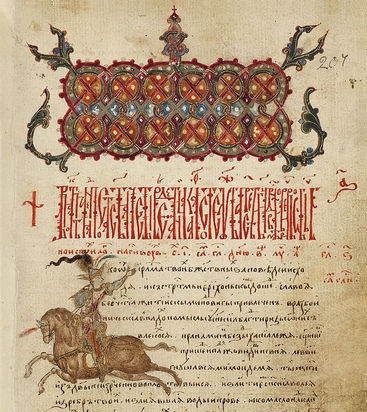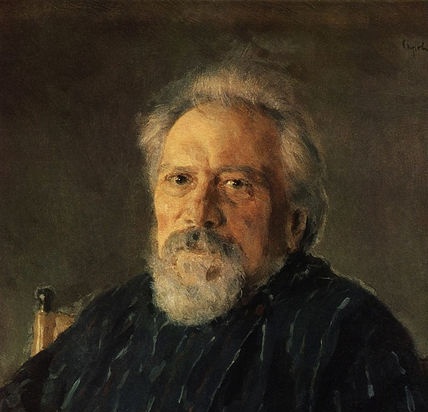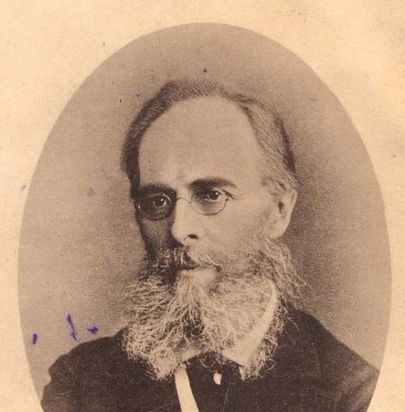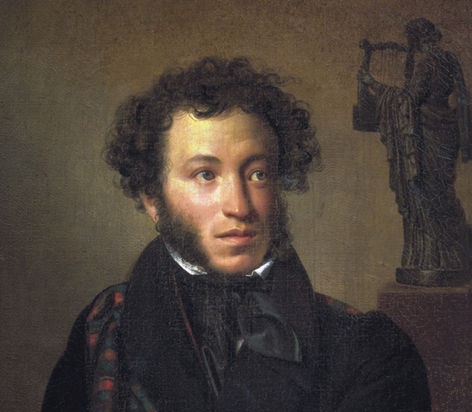High and low |
|
And yet, the most modern functional stylistics cannot abandon at least the classical division of speech into three genders - high, medium and low - known in ancient rhetoric, and for the Russian language indicated by M.V. Lomonosov. What is the nature of this division? Let's try to understand it using the example of one of the most important phenomena in stylistics - synonymy. In practice, the problem of dictionary synonymy is solved by selecting the desired word from a number of similar ones in meaning and maintaining the equality of the syllable. The subtlest semantic shades can be expressed by ideographic synonyms, that is, words that characterize the concept from different sides: charming - adorable - charming - captivating - bewitching ... Stylistic synonyms themselves differ in color, which each of them gives to the statement: face - physiognomy - face ... Usually these properties of synonyms - to distinguish meaning and color speech - appear simultaneously. As if the words death and death are purely stylistic synonyms: the first belongs to a neutral, middle style, the second to a high one, it is more solemn. But NS Leskov finds semantic differences in them: "His death could not be called death in any way: it was precisely the dormition, followed by the eternal sleep of the righteous." Let us recall the well-known Chekhov's "husband, or rather, spouse", Fadeev's "not eyes, but eyes." The opportunity to apply this artistic technique lies in the language itself, since linguistic signs - words - unlike other signs, for example, mathematical ones, are burdened with a meaning greater than symbolic designation and a simple nomination (naming). The selection of synonymous words never becomes a purely technical operation, because a word always not only "shapes" a statement, but also shapes its content. Let us emphasize that in this respect, artistic speech does not differ from any other. Does this not mean that the concept of high and low is included in the very meaning of the word? Yes, the attribution of a word to a certain style of speech is not just an external classification feature. We really convey the meaning by removing the word from the highest or the lowest stylistic shelf, taking the word out of the cell of the stylistic typesetting box, in the form of which modern functional stylistics presents language to us. It turns out that the word contains not only the concept of an object or phenomenon of the real or mental world (has a logical content), it also conveys what we are inclined to call usually "the spirit of language." Like separate crystals, endowed with the properties of the entire mass of matter, words have absorbed the collective linguistic experience of the nation, captured the entire history of the spiritual and material culture of the people. In this sense, one should understand statements about the reflection in national languages of some special, peculiar ways of social thinking of human collectives - nations. A hundred years ago, arguing with representatives of the logical-grammatical school in linguistics, the remarkable Russian linguist Alexander Afanasyevich Potebnya wrote: “Logical grammar cannot comprehend the thought that forms the basis of modern linguistics and is obtained by observation, namely, that languages differ from one another not by one sound form, but by the whole structure of thought expressed in them, and all their influence on the subsequent development of peoples.The individual differences of languages cannot be understood by logical grammar, because the logical categories imposed by it on the language do not have national differences ". Modern national languages, especially languages with a centuries-old literary tradition, are rich in synonymous means of expression. However, these critical language resources are organized differently in different languages. In French, the idea of high and low is embodied in the Not wishing to belittle the merits of French and English with the brevity of the reference, let us dwell in more detail on the ways of expressing the idea of high and low in the Russian dictionary.
Fedor Ivanovich Buslaev wrote that "The most important means of distinguishing synonyms is the essence of word production and the history of the language". The very appearance and, for many centuries, the development of the Russian literary language was exclusively influenced by the Old Slavonic (Old Bulgarian) language, akin to it by origin. This is the language of the oldest Slavic writing and culture. He also inherited the wealth of Byzantine culture. In our literary dictionary, the Old Slavic heritage is the main source of high. These are bookish words and tall forms. In the linguistic consciousness of both educated and illiterate people, they always oppose colloquial words used in everyday life. Here is the Old Slavonic word for gates in Pushkin: "Your shield at the gates of Constantinople"... In addition to verses, this word is used only in some expressions and names: the enemy of wisdom, the royal gates. The word is high, there is no doubt. And for the name of simple objects and not in a high syllable, the native Russian word gate is used. But truly: trouble has come - open the gate! Two circumstances - firstly, the extraordinary ability of the Slavic languages for word production, and secondly, the great closeness of the Old Slavonic and Russian brothers-languages - led to the emergence of numerous vocabulary nests in the Russian language. They included words that varied in meaning and stylistic coloring, for example, old ones, such as goalkeeper, goalkeeper, gatekeeper, gatekeeper, goalkeeper (formerly the same as the gatekeeper, now an athlete), collar, gateway, collar ... Turgenev has: “Here is the outskirts. The coachman dismounts, the horses snort .., the collar opens with a cry. "... Wed combinations of the gate icon (which hangs in the church above the royal gates) and the gate pillar (which holds the gate). Over time, not only the meaning of words (logical content) can change, but also their place, "Weight" in the dictionary, stylistic coloring. Here are Russian, partly used only in our regional dialects, verbs with the same root of the gate! Gates \ turn, turn, turn, turn, turn, turn, turn ... - not a single tall one. And the Old Slavonic verbs, completely Russified, and therefore lost their loftiness, to return, to seduce. The former coloration of Old Slavism is preserved only in this expression, used in a high syllable: "To lead astray from the path of the true (truth)"... This verb in other contexts, and the verb return in all, without exception, are stylistically neutral. It is in the extraordinary ability of the Russian language to word production that the compilers of Russian synonymous dictionaries see the main difficulty of their work.The fact is that in Russian it is easy and free from the same root to form words that often coincide and are very close in meaning and stylistic coloring. For example, the action on the verb harden - harden can be called hardening, hardening, hardening; from the noun snow, you can form the adjectives snow and snow. In cases where the root itself is represented not by one option, but by two, the nest of related words can be very numerous, and the semantic and stylistic relations are quite complex. It is not difficult to show a sharp contrast between high low or high and low average in literary examples. Judging by the data "Dictionary of Pushkin's Language", in which all the word usage of the poet that has come down to us (not only for works of art, but also for journalism, letters and all papers), A.S. Pushkin used the verb to work out only once - in his remarkable creation of the genre of the low - in "The Tale of the Priest and His Worker Balda": Poor devil crawled under the mare, Forced I got busy ..., and the verb to push twice - here and even in "The Tale of Tsar Saltan" (same low genre): The son got up on his feet, I rested my head on the bottom, I made a little effort ... Much more often, and in works of various genres, Pushkin uses synonyms, neutral in stylistic coloring, for the words to strain and strain - the verb strain - strain and phraseological units strain, for example: There was that vague time When Russia is young In struggles straining strength, Courage with the genius of Peter. ("Poltava"). Rise, O Greece, rise. No wonder I strained my strength No wonder the abuse of Olympus and Pindus and Thermopylae shocked. ("Rise, O Greece, rise ..."). As you can see, in the works of the high genre, Pushkin used the phraseological unit to strain his strength. Now a few tasks. When choosing words from different columns, form all possible combinations of meaning. Point out their stylistic coloring in speech: bookish, neutral, colloquial, colloquial. V. Deryagin. Similar publicationsRead nowAll recipesRead now |
 The concept of high and low in a language may seem somewhat outdated to us. After all, practical stylistics has developed a ramified system of functional styles. The use of various speech means is strictly regulated in it in accordance with the circumstances and purpose of the statement.
The concept of high and low in a language may seem somewhat outdated to us. After all, practical stylistics has developed a ramified system of functional styles. The use of various speech means is strictly regulated in it in accordance with the circumstances and purpose of the statement.









